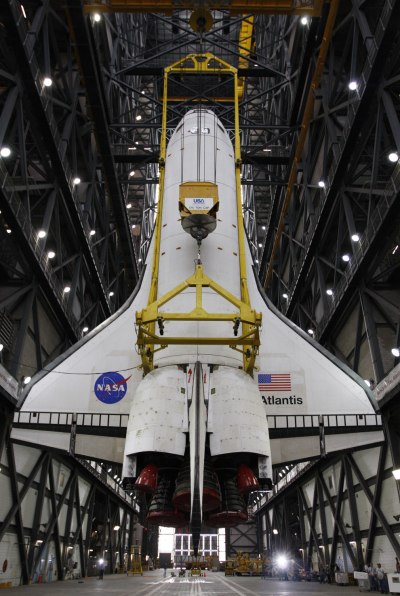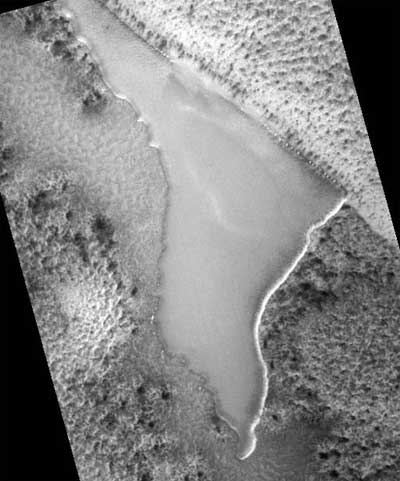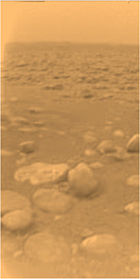Drink up: Space station recycling urine to water


In this photo provided by NASA, astronauts John Grunsfeld, left,
and Andrew Feustel, both STS-125 mission specialists, participate
in the mission's fifth and final session of extravehicular activity
(EVA) to refurbish and upgrade the Hubble Space Telescope on
Monday May 18, 2009. Spacewalking astronauts completed repairs
to the Hubble Space Telescope on Monday. The last humans to lay
hands on Hubble outfitted the observatory with another set of fresh
batteries, a new sensor for precise pointing and protective covers.
That equipment, along with other improvements made over the last
five days, should allow the telescope to provide views of the universe
for another five to 10 years. (AP Photo/NASA) (AP)
By SETH BORENSTEIN
The Associated Press
Thursday, May 21, 2009; 12:22 AM
Reference Source - Washington Post, USA
HOUSTON -- At the international space station, it was one small sip for man and a giant gulp of recycled urine for mankind.
Astronauts aboard the space station celebrated a space first on Wednesday by drinking water that had been recycled from their urine, sweat and water that condenses from exhaled air. They said "cheers," clicked drinking bags and toasted NASA workers on the ground who were sipping their own version of recycled drinking water.
"The taste is great," American astronaut Michael Barratt said. Then as Russian Gennady Padalka tried to catch little bubbles of the clear water floating in front of him, Barratt called the taste "worth chasing."
He said the water came with labels that said: "drink this when real water is over 200 miles away."
The urine recycling system is needed for astronaut outposts on the moon and Mars. It also will save NASA money because it won't have to ship up as much water to the station by space shuttle or cargo rockets.
It's also crucial as the space station is about to expand from three people living on board to six.
The recycling system had been brought up to the space station last November by space shuttle Endeavour, but it couldn't be used until samples were tested back on Earth and a stuck valve was fixed on Monday.
So when it came time to actually drink up, NASA made a big deal of it.
The three-man crew stood holding their drinks and congratulated engineers in two NASA centers that worked on the system.
"This is something that had been the stuff of science fiction," Barratt said before taking a sip.
NASA deputy space shuttle manager LeRoy Cain called it "a huge milestone."
On the Russian side of the space station, moisture in the air _ not urine _ is turned into drinking water.
The new system takes the combined urine of the crew from the toilet, moves it to a big tank, where the water is boiled off, and the vapor collected. The rest of contaminants _ the yucky brine in the urine _ is thrown away, said Marybeth Edeen, the space station's national lab manager who was in charge of the system.
The water vapor is mixed with water from air condensation, then it goes through filters, much like those put on home taps, Edeen said.
When six crew members are aboard it can make about six gallons from urine in about six hours, Edeen said.
Some people may find the idea of drinking recycled urine distasteful, but it is also done on Earth, but with a lot longer time between urine and tap, Edeen said. In space, it takes about a week, she said.
The technology NASA developed for this system has already been used for quick water purification after the 2004 Asian tsunami, Edeen said.
Wednesday's urine celebration included subtle bathroom humor.
"We are happy to have this water work through the system _ we're happy to have it work through our systems," Barratt said.
Reference Source - Washington Post, USA



































